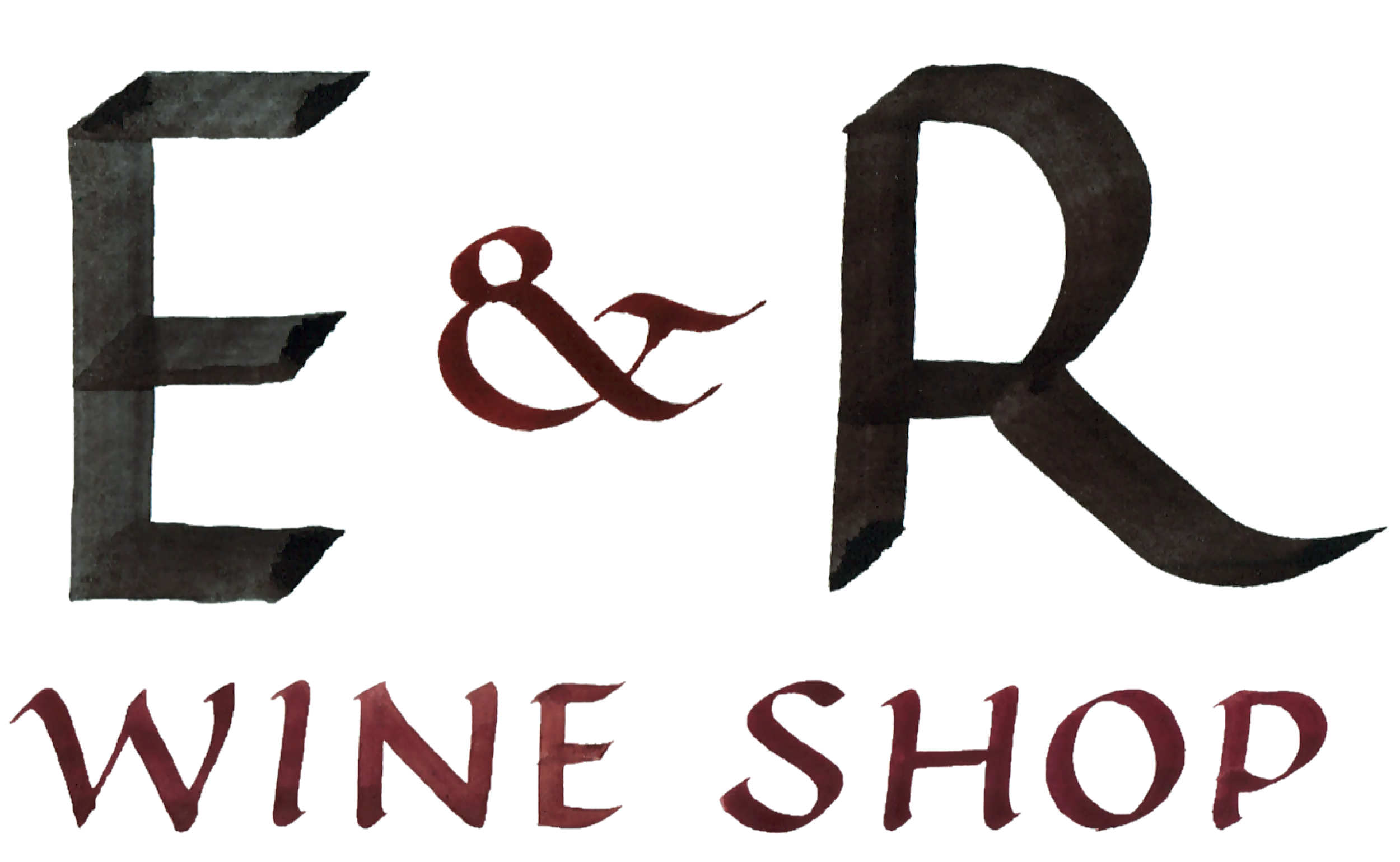Florian Roblin - Loire, France
The Coteaux du Giennois - in light green - is toward the very top on the right just above Sancerre.
Sauvignon blanc, Pinot noir, Gamay... you know these guys, right? Sancerre, Pouilly-Fumé? Sure – Sauvignon blanc territory in the eastern satellite of the Loire Valley: fresh climate and famously flinty, chalky, crustacean-embedded soils. Coteaux Giennois? Whoa whoa whoa, whaaa? Where??
Hop across the Loire River from Sancerre and you're in Pouilly-Fumé. Head north from there and you've landed in the Coteaux Giennois. It's right there, hidden only by the shadows of the long established reputations of its more well known neighbors, Sancerre and Pouilly-Fumé.
One thing we've learned from our years of exploring on the ground in the old world is that it's not all in a name. Sometimes yes, sometimes no; but "well-known", "classic" or "established" does not guarantee quality, and reputation is certainly not a pledge of character or value. But exhibiting protected AOCs such as Sancerre and Pouilly-Fumé on a label is good for sales. Are they special places with unique terroir that allows for great wines to be made? Yes. But some people.... many people, get lazy when their vineyards are within a region with a place-name that holds so much stature. The worldwide demand allows them to increase yields to bump up the production and turn out more bottles to sell. So why work harder and make less in order to increase quality when you sell out year after year without any trouble? Some people have different answers to this question, and we're on the mission to find those on the road less traveled: those who are not content to ride on reputation.
After spending a few days in Sancerre and Pouilly-Fumé tasting with some of regions' greatest talents, we ventured out on the fringes for a hopeful visit with a young grower in the Coteaux du Giennois, Florian Roblin.
The map is deceiving. There are just 200 hectares planted in the Coteaux du Giennois, with the possibility to expand to 600. By comparison, Sancerre is stuffed to its brim with 2600 hectares planted, and Pouilly-Fumé is about half the size of Sancerre. Florian's estate, inherited by his farmer (but not of grapes) grandfather, is just three hectares. We met him outside his grandmother's home in the wide open country where yellow sun lit up healthy-looking green crops.
Florian showing the ground that gives the essence to his wines.
Even though it's so close to Sancerre, the place feels remote, even wine-wise. And with an annual production of just over 1,000 cases, Florian could not fathom how we found him. We couldn't recall exactly – something somewhere along the line from a source we trusted – but, as he led us into his simple winery with cement fermentation vessels, a few oak barrels and more space than equipment, we were glad to be there. Communicating in basic Franglais, we learned a lot about his character and ambition. He inherited the land, but without vines. This being the case, he broke ground, literally and figuratively, in his early 20s and became a first generation winegrower when he planted two hectares of Sauvignon blanc and one hectare of Pinot noir (80%) + Gamay (%20) in 2006. His first vintage was 2008: 400 bottles.
Florian grabbed his white wine and some glasses and we drove a short distance through dirt farm roads to the vineyard. Auger, bottle and glass in hand, he led us through rows of Sauvignon blanc while we concentrated on not breaking ankles with each unstable step landing on edgy stones. Our footsteps played a crunching, clanking soundtrack that could compete with colliding rocks tumbling in with the ocean tide – something that happened in this place at one period in time, as evidenced by the fossils above and chalk just below the topsoil.
We stopped.
To drink.
"Champ Gibault" Sauvignon. In the section of his vineyard he calls "Champ Gibault".
It was perfect.
Just perfect.
We couldn't have asked for anything more perfect.
Elated that our travels led us to this person, this place, this wine; we were sold.
It could have been his only wine and we'd have done our best to get it across the ocean, but his red - an 80/20 blend of Pinot noir and Gamay - was equally delightful. In both cases the thing he managed to do so well was to allow the grape and the ground speak. Unobscured by oak or over-extraction or biological funk, the clarity leads straight to the source. And the soil speaks: the jagged flint rocks we managed to not break our ankles on, the chalk that crumbled off the auger, the clay that pretended to provide safe footing when really it was outmatched by the stones. It was all there.
Considering one European outfit tried to buy all of Florian's wine and then some, we feel fortunate to have the only few cases that have crossed the shore into the USA. After debuting Florian’s wines in the USA for the first time via our Almost Direct Imports program six years ago, these new arrivals and have just arrived at our door.
(original article - Stephanie Sprinkle)
Click on each wine for more detail.
At the winery - our little tasting.



